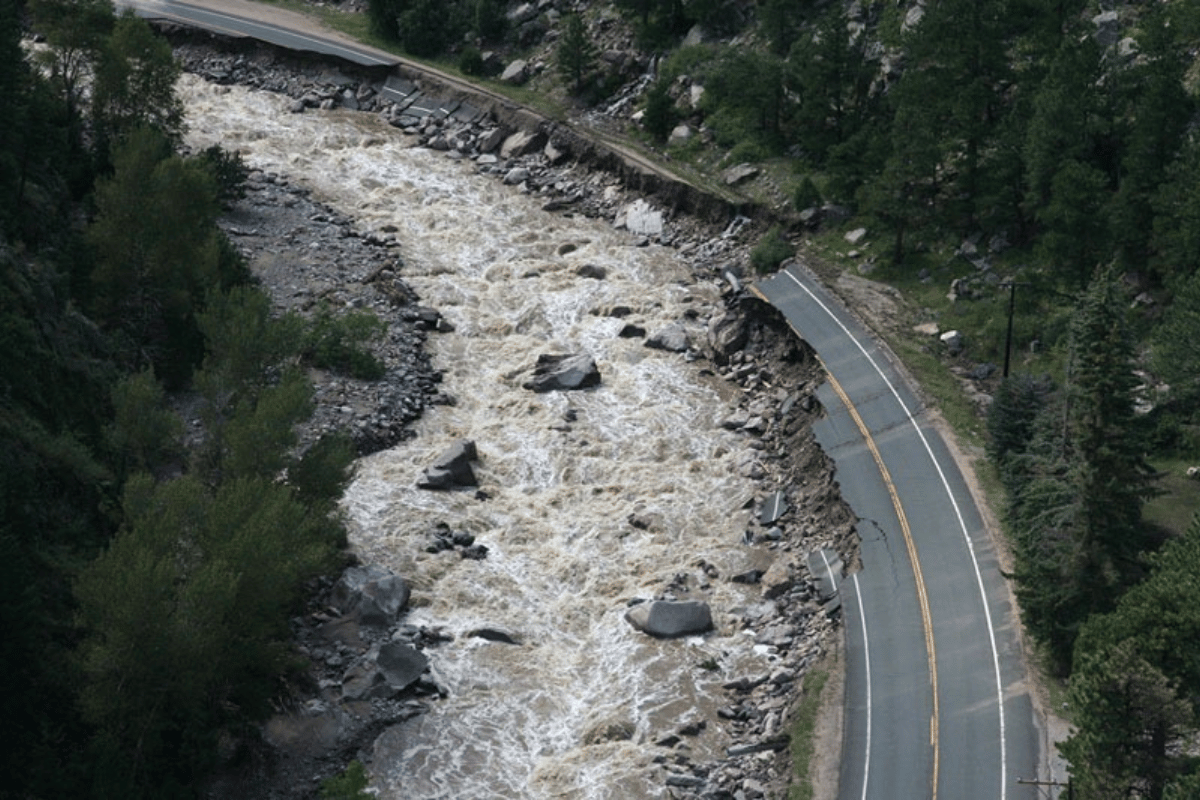
The Obama administration has proposed $620 million in funding for 2016 to continue work on the James Webb Telescope. Once operational, the successor to the Hubble Space Telescope will be the most powerful space telescope ever built.
The telescope is expected to be launched in 2018 and it will peer into the farthest reaches of the universe using infrared technology.
“The further out in space that you look, the more you see light waves from early in the formation of the universe. Because the universe is expanding, those light waves get stretched out and so they are in the infrared,” explains Doug Duncan, director of the Fiske Planetarium in Boulder.
The Webb telescope will also look for planets outside of our solar system.
“The coolest things in astronomy can be found with infrared light,” says Duncan. “This will be way better than Hubble for taking pictures of planets.”
The Hubble Space Telescope was launched 25 years ago and is still in service.

The primary mirror system is comprised of 18 hexagonal segments which will be folded up for launch and then deploy in space. Together, the mirrors will span 6.5 meters (21.3 feet) in diameter, giving it 7 times the collecting area of the Hubble mirrors. The mirrors for the Webb Telescope were built by Ball Aerospace in Boulder.
An international coalition is responsible for the Webb Telescope, including NASA, the European Space Agency and the Canadian Space Agency.









